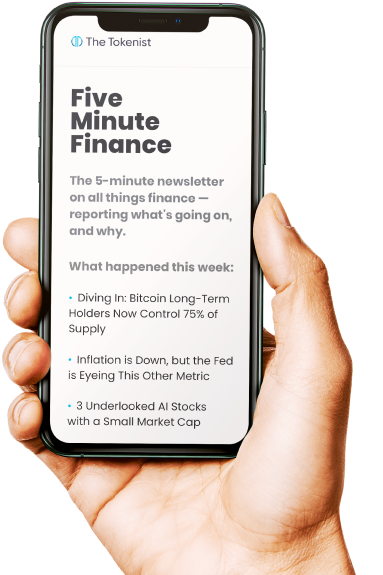
Why Is SNAP Stock Surging Today?
Snap Inc. (NYSE: SNAP) experienced a significant surge in trading on September 22, 2025, jumping over 9% to $8.93 as of 10:07 AM EDT after closing at $8.16 the previous day. The rally was driven by the company’s announcement of fifth-generation Spectacles AR glasses and the unveiling of Snap OS 2.0, which received strong positive feedback from marketers and investors. Despite ongoing profitability challenges and mixed analyst sentiment, the stock’s dramatic rise reflects investor optimism about Snap’s ambitious push into augmented reality and immersive social media experiences. Trading volume spiked to 186.9 million shares, more than triple the three-month average of 59 million, indicating significant institutional and retail interest in the company’s AR roadmap.
SNAP: New AR Products Drive Investor Excitement
Snap’s latest product announcements represent a significant bet on the future of augmented reality and social media integration. The new Snap OS 2.0 includes WebXR support for immersive web-based AR content, redesigned browser functionality with voice and gesture controls, and enhanced widgets that allow users to interact with content in their real-world environment. The company announced a 2026 public launch timeline for consumer-ready Spectacles AR glasses, aiming to convert its substantial user base of over 1 billion monthly active users into future AR revenue streams.
Marketers have expressed particular enthusiasm about Snap’s advertising potential in the AR space, positioning the company as a distinct player alongside established rivals like Meta and TikTok. The integration of Snap OS 2.0 builds a foundation for immersive content consumption that aligns with industry trends suggesting AR could eventually replace traditional smartphone interactions. This hardware-plus-platform vision represents a more mature, integrated approach compared to Snap’s previous standalone product attempts.
The market’s positive reaction suggests investors view these developments as more than cosmetic updates. The significant trading volume spike and sustained price momentum indicate institutional confidence that Snap’s AR strategy could drive meaningful revenue growth and user engagement beyond traditional advertising models. However, the success of this strategy will ultimately depend on consumer adoption rates and Snap’s ability to monetize AR experiences effectively.
Join our Telegram group and never miss a breaking digital asset story.
Market Outlook Balances Innovation With Profit Concerns
While investor excitement around AR innovation is driving short-term gains, Snap continues to face significant financial headwinds that temper long-term prospects. The company remains unprofitable, reporting a net income loss of $546.3 million over the past year with a profit margin of -9.69% and return on equity of -26.42%. Snap’s Q2 2025 earnings missed Wall Street expectations with $1.34 billion in revenue and $0 EPS, exposing fragility in its growth model and reinforcing analyst concerns about the path to profitability.
The company’s ambitious projections call for $7.5 billion in revenue and $827.3 million in earnings by 2028, requiring consistent double-digit growth and improved monetization. Analyst valuations remain widely divided, with estimates ranging from $8.23 to $18.82 per share, reflecting both optimism about AR potential and skepticism about execution risks. Additional challenges include ongoing legal issues, such as a class action lawsuit over advertising revenue statements, which add uncertainty to the company’s long-term narrative.
Snap’s performance metrics continue to underperform broader markets significantly. Year-to-date, the stock has declined 24.23% while the S&P 500 gained 13.31%, and its five-year return of -65.74% sharply contrasts with the index’s 100.77% gain. The company maintains $2.89 billion in cash against a high debt-to-equity ratio of 202.57%, providing liquidity but highlighting leveraged operations that depend heavily on advertising revenue volatility.
Disclaimer: The author does not hold or have a position in any securities discussed in the article. All stock prices were quoted at the time of writing.




